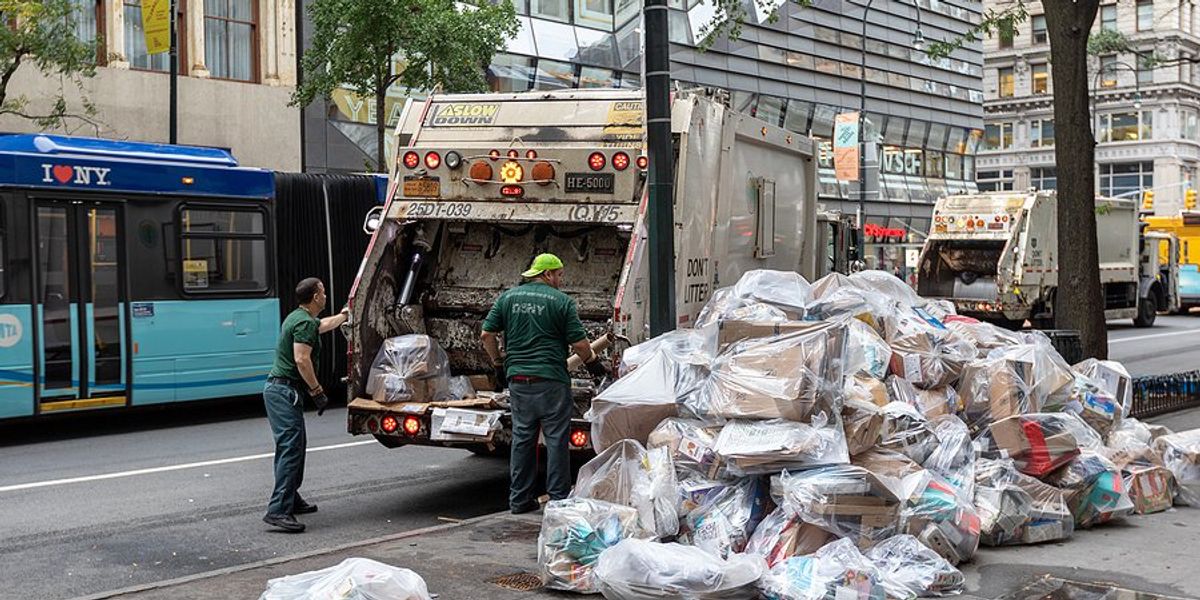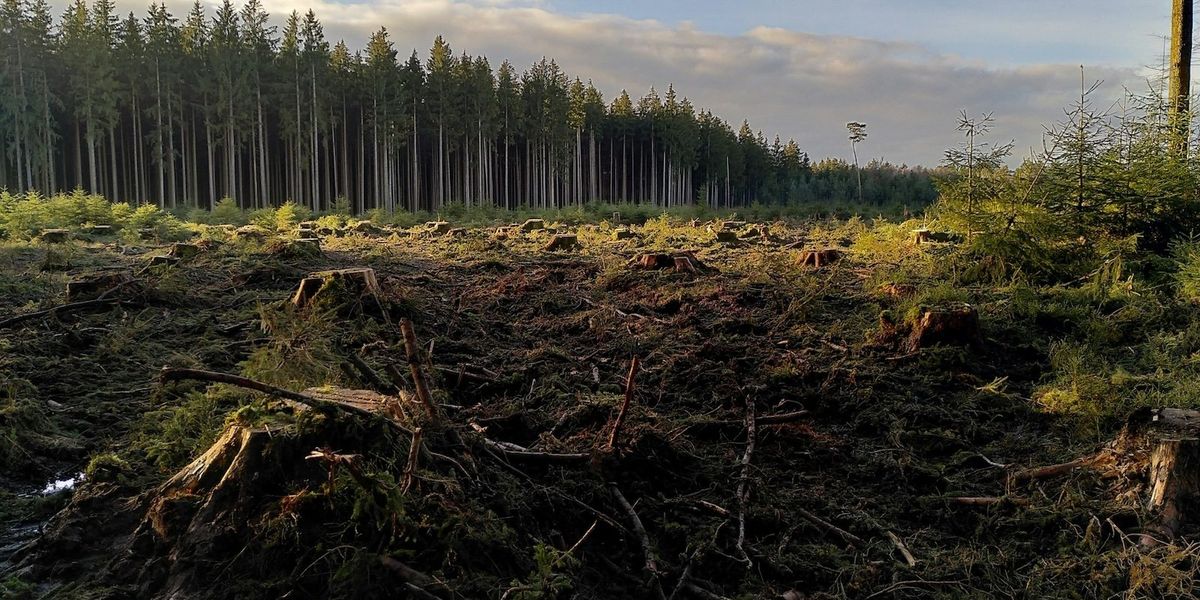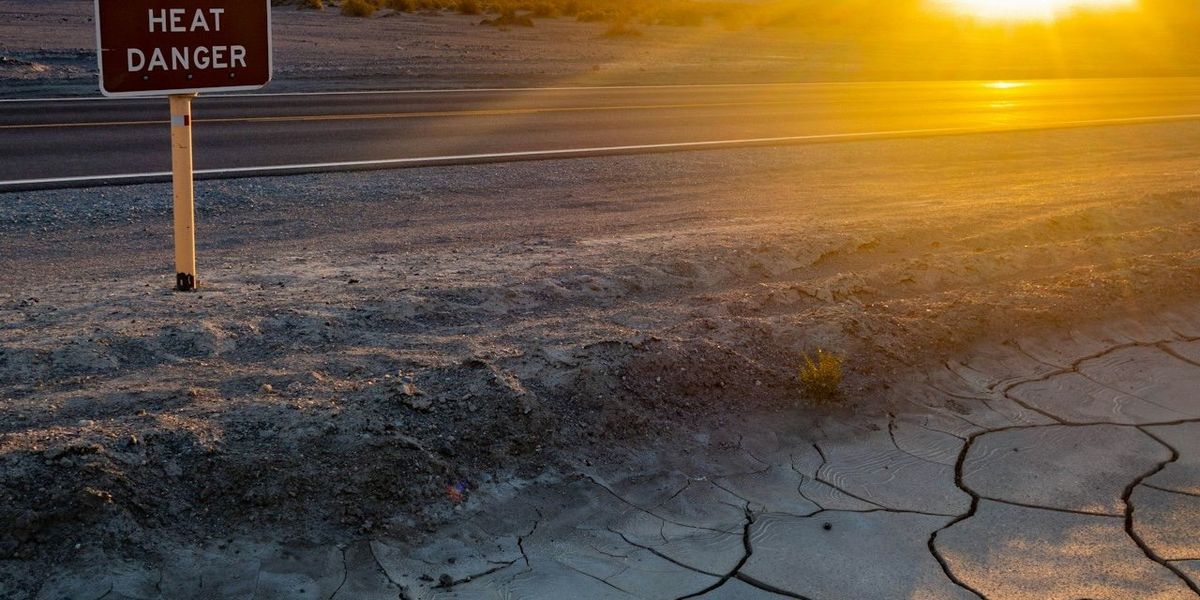
New York weighs bold packaging law to cut landfill waste and reduce pollution
New York lawmakers are considering a bill that would force packaging producers to cut non-recyclable waste by 30% over 12 years, as the city struggles to manage its mounting trash and landfill burden.
Lauren Dalban reports for Inside Climate News.
In short:
- The Packaging Reduction and Recycling Infrastructure Act would require packaging companies to register with the state, develop waste-cutting plans, and help fund recycling and composting efforts, while banning certain chemicals in packaging.
- Businesses and industry groups, including the plastics and chemical sectors, oppose the bill, arguing it is costly and unworkable, while supporters say it would save money and reduce environmental harm without raising consumer prices.
- Most of New York City’s trash is sent to landfills upstate or in neighboring states, with low-income communities and communities of color bearing the brunt of pollution and health impacts from waste transfer stations and truck emissions.
Key quote:
“This is David vs. Goliath on steroids. There is a lot of opposition from the New York State Business Council, American Chemistry Council, ExxonMobil, Amazon. It’s a rogues’ gallery of polluters that have lined up to oppose the bill.”
— Judith Enck, president of Beyond Plastics and a former regional administrator of the U.S. Environmental Protection Agency
Why this matters:
New York’s trash crisis is a public health and environmental threat. With only 17% of curbside waste recycled, most of the city’s garbage ends up in landfills, often in rural or low-income communities already overburdened by pollution. Diesel trucks hauling trash add to air pollution, increasing the risk of asthma, cancer, and heart disease, especially for children and people of color. Landfills also emit methane, a powerful greenhouse gas that drives climate change. Reducing packaging waste could help cut plastic waste, improve air quality, and make neighborhoods healthier for everyone.
Related:













